
Hope for a huge, ancient and imperilled fish
First Nations are leading efforts to make sure lake sturgeon can find a home in...
In 2019, three Indigenous Protected and Conserved Areas were announced in the Northwest Territories in rapid succession.
Since then, Prime Minister Justin Trudeau’s government has voiced support for Indigenous Protected and Conserved Areas — more commonly called IPCAs — with plenty of fanfare as it invested in 27 of them.
But, according to the government of Canada, the three IPCAs created in 2019 are still the only ones officially established and recognized in the eyes of the federal government: the Ts’udé Nilįné Tueyata, Edéhzhíe and Thaidene Nëné. So, what’s the holdup?
Steve Ellis, one of Łutsel K’e Dene First Nation’s negotiators in establishing Thaidene Nëné, pointed out the three IPCAs established in the Northwest Territories seemed to happen in a flurry, but they were all in negotiations for at least two decades. For Thaidene Nëné, talks first started in 1969 and the agreement was signed 50 years later. It took that long to develop an agreement the community was confident in — and rightly so, he said.
“One thing that’s really bothered me in the whole IPCA thing is literally Trudeau being like, ‘IPCAs for all, celebrate! Money for everybody!’ ” Ellis said.
“And the real narrative behind it is: it’s not all that progressive, really. It’s a good opportunity, but it comes with all the same old strings that we’re used to from the federal government.”
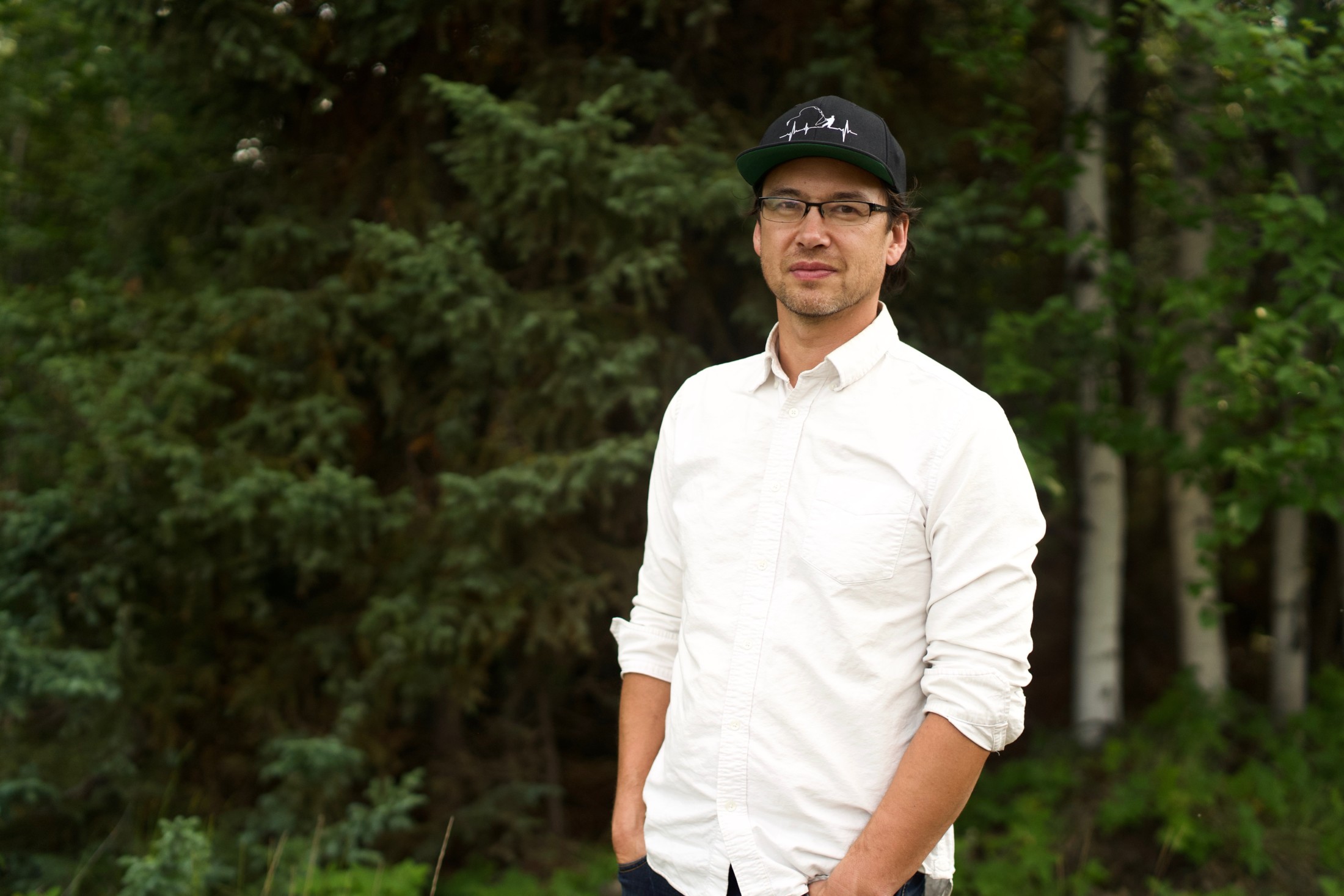
Most, including Trudeau, have agreed that Indigenous-led conservation is key to Canada meeting conservation targets.
The federal government has committed to protect 30 per cent of land and water by 2030, an international commitment that is centre stage during COP15, the United Nations biodiversity conference, in Montreal on Kanien’kéha territory. Canada needs to double its protected areas to meet that commitment — and Indigenous Peoples have proven how effectively they can protect lands, waters, plants and animals.
With 500,000 square kilometres of proposed IPCAs across the country, vying for funding from government and private donors, the question remains: what’s getting in the way of progress?
While the Liberal government has made historic investments in Indigenous conservation, it has a ways to go in providing sustainable, long-term core funding to make IPCA proposals sustainable, Valérie Courtois said. As the director of the Indigenous Leadership Initiative, which helps establish IPCAs, she argues funding is not keeping up with the growing momentum of Indigenous conservation. She thinks the federal government has an obligation to provide core funding to get IPCAs off the ground — in part due to its ‘30 by 30’ promise.
“I’d like to see some sort of permanence around this,” Courtois, who is a member of the Ilnu community of Mashteuiatsh, said.
Short-term funding makes it hard for IPCAs to take off, and maintains a “paternalistic” relationship where the federal government hands out funding like an “allowance” rather than working with Indigenous Peoples nation-to-nation, she said.
“You don’t fund the U.S. as a ‘program,’ you fund exchanges with the U.S. as a partnership.”
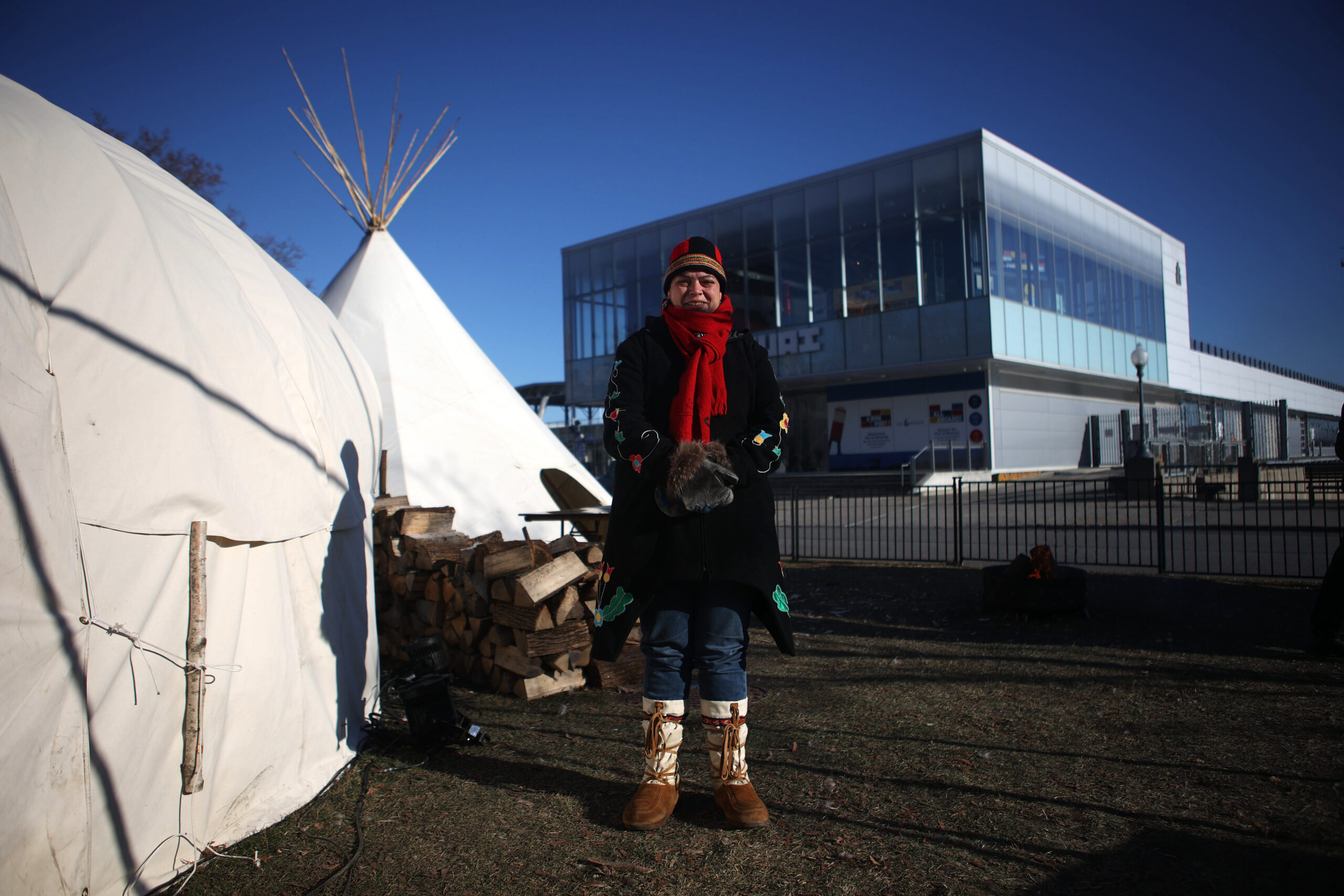
Environment and Climate Change Canada told The Narwhal it has contributed $132.7 million since 2018 towards 98 “Indigenous-led area based conservation projects.” In 2021, the federal government announced $340 million in funding over five years to support Guardians programs and IPCAs.
The ministry “continues to negotiate contribution agreements,” a spokesperson said in an email, adding that the ministry held an open call for Indigenous-led conservation proposals that closed in November.
A key to the establishment of Thaidena Nëné was establishing financial independence through a trust fund. This took the Łutsel K’e Dene First Nation about a decade of engagement with prospective donors, according to Ellis. The trust fund secured $15 million from private donors and $15 million from the federal government.
The trust fund assures Thaidene Nëné independence to spend the money as it sees fit, rather than being reliant on others. It uses the investment income to fund its operations.
“There’s such mistrust of government that I don’t think people [in the community] would have even signed the agreement without the knowledge that there was financial independence,” Ellis said.
For IPCAs that are already established, Ellis said it’s “almost impossible” to set up a trust. The land is the leverage, he said — if you establish the IPCA first, you lose that leverage.
That’s because typically the federal government and donors’ primary interest is being part of putting new “lines on maps” around protected areas, he said.
“The Indigenous stewardship is a ‘nice-to-have,’ not a ‘need-to-have.’ ”
Courtois worries about what the road ahead looks like in establishing these protected areas long-term, and helping nations fully realize their visions.
“One thing that keeps me up at night, namely, is that there’s huge energy towards the establishment of new protected areas, but it’s not yet clear what the management and long-term financing of these areas look like,” she said.
She thinks about setting up young people on career paths within IPCAs — and the worst possible outcome she imagines is for those projects “to fall apart.”
“We know that you can’t set up youth with all kinds of hope and then have [IPCAs] fail. We have to be very, very careful when it comes to people’s lives.”
This requires Indigenous governments doing “as much internal work as possible” before establishing a protected area, Ellis said.
“As much time as you’re spending at the negotiating table making deals to establish a protected area, you should be spending twice as much time strengthening the governance of your nation, building your institutional strength.”
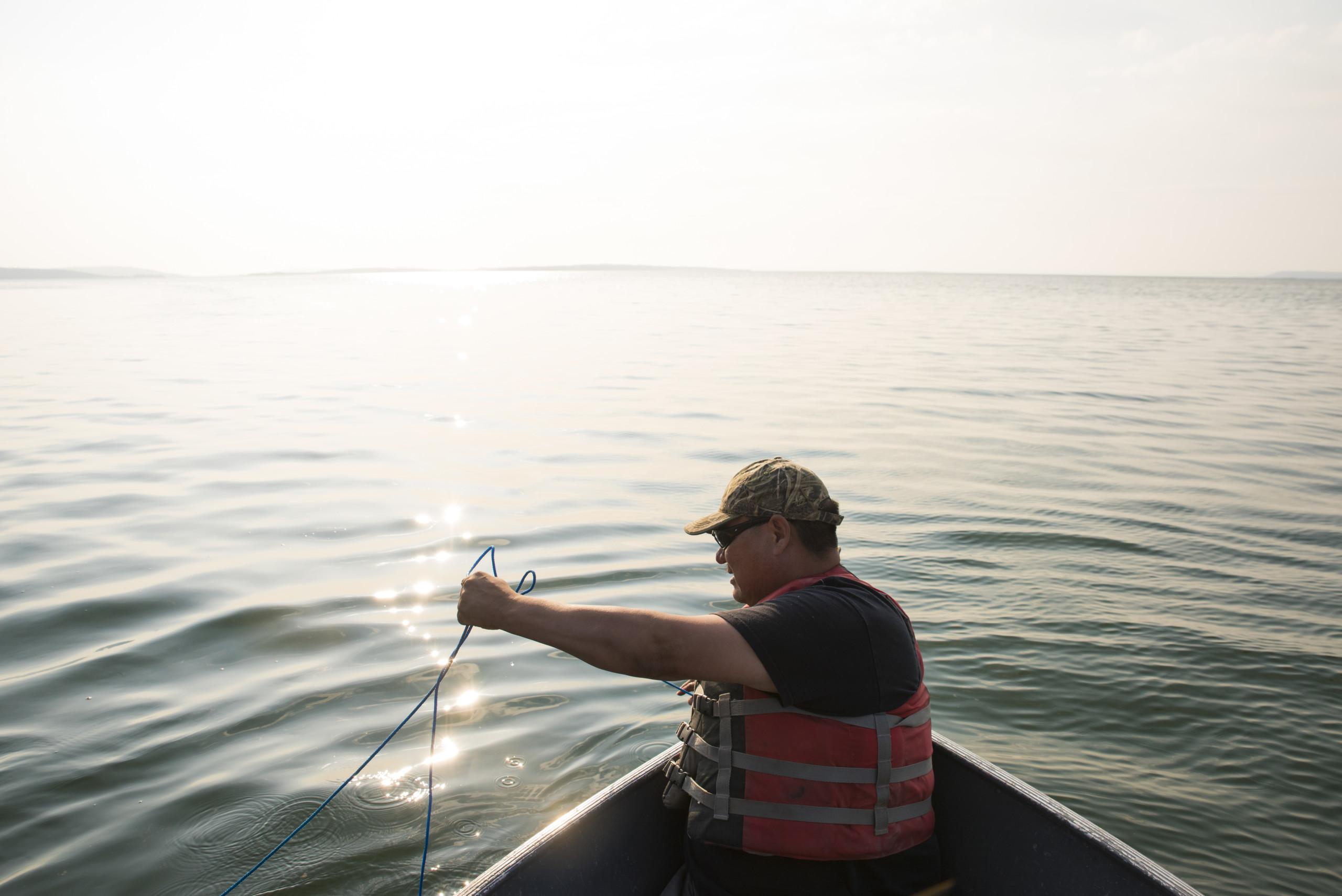
Thaidene Nëné’s final agreement requires consent from both the Łutsel K’e Dene First Nation and federal government to make decisions. Łutsel K’e Dene First Nation had some distinct advantages in establishing Thaidene Nëné, he explained. First, they had a lot of land on the table: 26,000 square kilometres.
“Size matters when it comes to raising money for this sort of stuff,” Ellis said. Parks Canada was interested and private donors were excited by the massive proposal.
The nation also had the advantage of time — and not all communities have that luxury, Ellis admitted. Their land wasn’t under threat when discussion of the proposal began, while many proposed IPCAs run up against the competing interests of industrial tenures like mining, forestry and oil and gas.
Ellis believes IPCAs are a way to push things forward, “dragging these governments behind us, as opposed to us waiting for them.” But he worries there are very few IPCAs that exist in practice, fully backed by Indigenous enforcement on the ground.
“There are some good success stories — but there’s some real pitfalls to avoid, that’s for sure.”
Another fundamental barrier to joining co-governance agreements with Canada to run protected areas is the country’s dismal history of keeping its promises to Indigenous Peoples, Ellis said.
When the Thaidene Nëné agreement was almost complete, this was the concern he heard from community members: the Crown has not kept promises for 100 years, so why would they do that now?
Ellis said he answered these community members by telling them they were right.
“Knowing that the government will break their promises and not fulfill their commitments … we have to rely on ourselves,” he said.
“Do we trust ourselves to implement the provisions of this agreement? Do we trust our own capacity and our own people to do this? That was the real decision.”
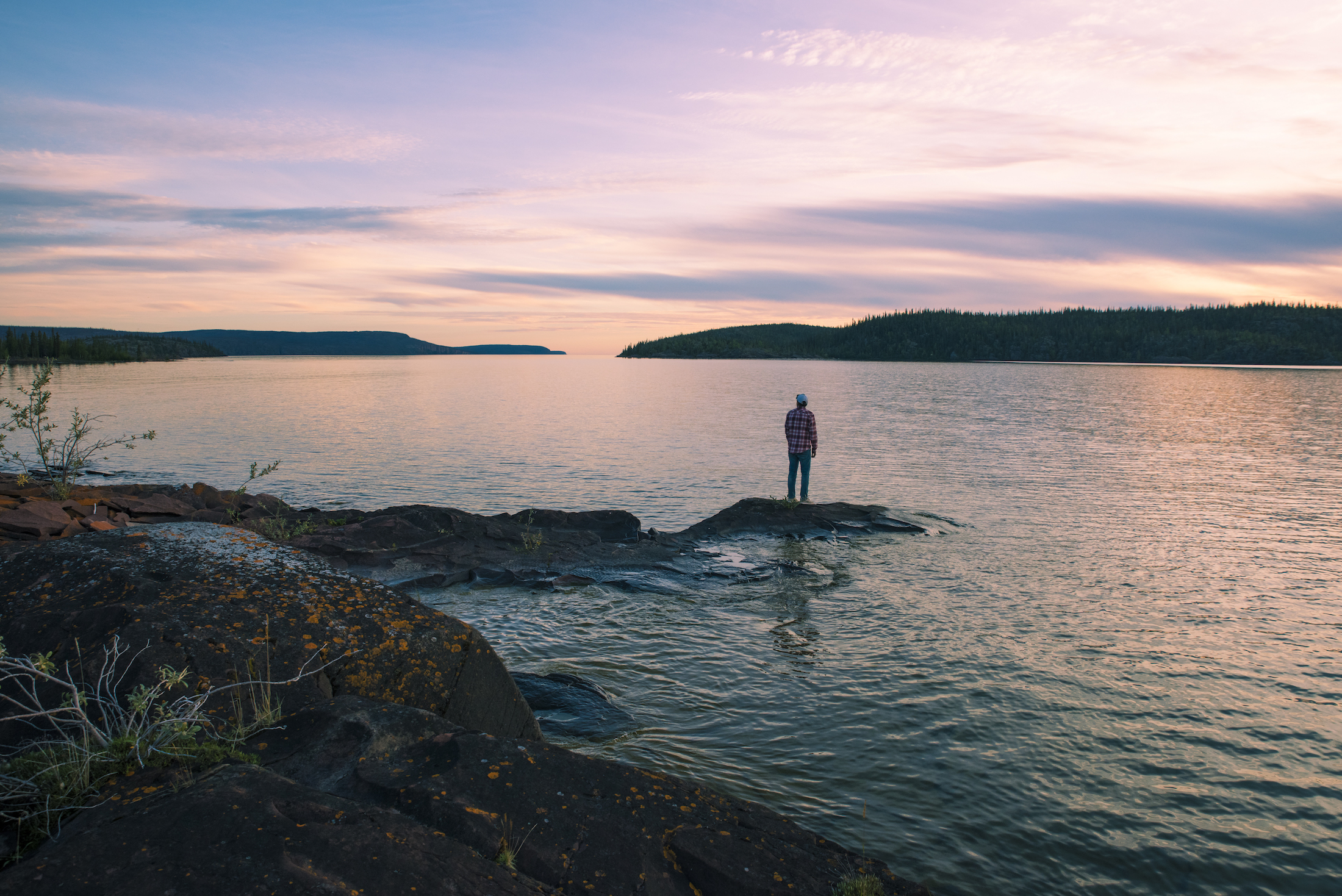
The community voted 88 per cent in favour of the protected area. He said it’s not that anyone didn’t want the IPCA — the real vote was whether they felt the nation had built the financial and institutional tools necessary to take it on.
“That’s the question all Indigenous governments have to ask themselves. If you enter into these arrangements with Crown governments, they will disappoint you. So, are you confident enough that you won’t disappoint yourself?”
To Ellis, IPCAs are a tool for co-jurisdiction with the Crown, but they do not meet the “ultimate objective” that most Indigenous Peoples have: exclusive sovereignty. At best, IPCAs are just one step in that direction, he said.
Jurisdiction is another hurdle. Indigenous Peoples never gave up jurisdiction over their lands and have constitutionally protected Indigenous Rights. But, so far, the only way to get the federal government to truly acknowledge Indigenous title to the land is going to court or through negotiations that can take decades and cost millions, Ellis said. That means there is disputed title to land in the vast majority of existing and proposed IPCAs.
“There’s no question that the federal government and provincial governments are not going to acknowledge any Indigenous sovereignty through IPCAs being established,” he said. “It’s not the final solution.”
Breanne Lavallée-Heckert, research manager for Indigenous Climate Action, agreed. She has her misgivings about IPCAs because of government involvement.
“We’re not going to solve things through frameworks developed by the state, because all of those frameworks have been built in maintaining the state,” she said.
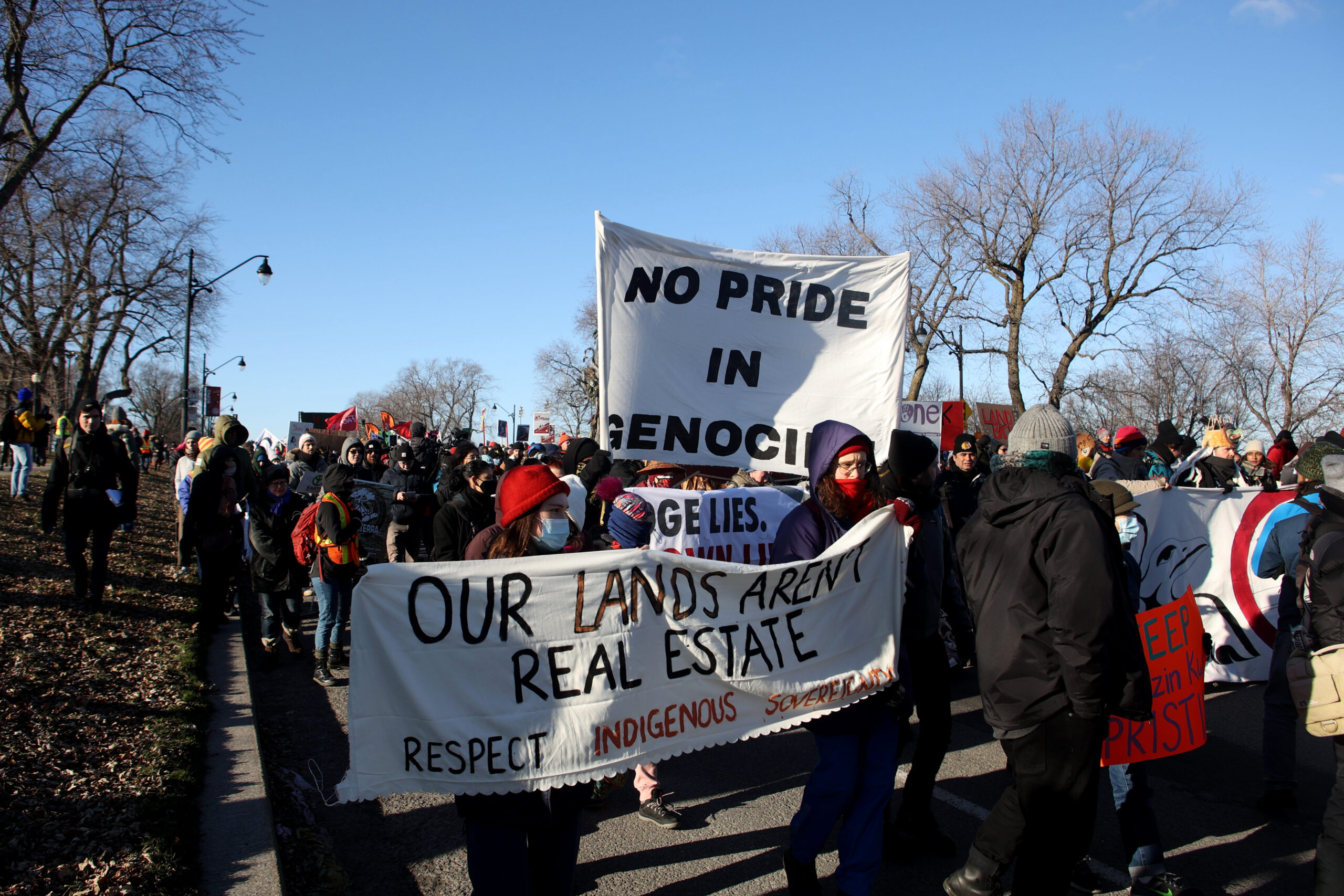
It’s important to remember that Indigenous Peoples fiercely protect their lands and waters whether colonial governments acknowledge Indigenous territories as protected or not, she added
“The reality is all of Turtle Island is an Indigenous Protected and Conserved Area. All of this land is Indigenous land.”
To Ellis, the best IPCAs can do is leave the title question unanswered, as the Thaidene Nëné agreement does: the federal government and Łutsel K’e Dene First Nation acknowledge each party comes to the table with all its titles and jurisdictions intact, but does not define what those are since they have never been agreed to.
If there was one solution Ellis would want to see, it would be “easier pathways to have Indigenous title recognized.”
Another piece of the jurisdiction puzzle when it comes to Indigenous-led conservation is the provinces. Most have not formally endorsed IPCAs.
Lavallée-Heckert said this tension is top of mind when she hears Canada talk about its international biodiversity commitments.
“How much can the federal government actually make promises in the COP15 space when, structurally, Canadian federalism doesn’t even give them the authority to make those types of decisions?” she asked.
There is inconsistent support for IPCAs across provinces and territories. Ontario’s Minister of Northern Development and Indigenous Affairs complained Canada’s approach to IPCAs “encroached upon [Ontario’s] jurisdiction,” according to documents obtained by The Narwhal.
While B.C. has shown some hesitance, a shift may be taking place. In B.C.’s recent cabinet shuffle, new Minister of Water, Land and Resource Stewardship Nathan Cullen was directed to work with Indigenous communities to reach the 2030 goal, including through the creation of IPCAs.
“I’m hopeful that this signals a new approach on the part of the province of B.C. in supporting IPCAs,” Georgia Lloyd-Smith, staff lawyer for West Coast Environmental Law, told The Narwhal.
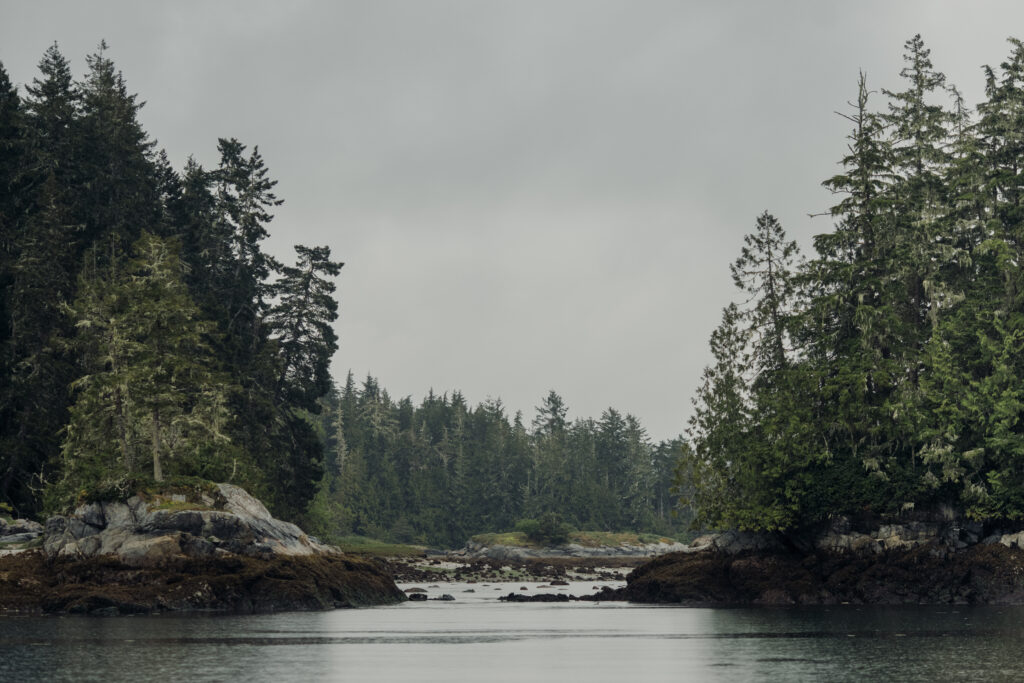
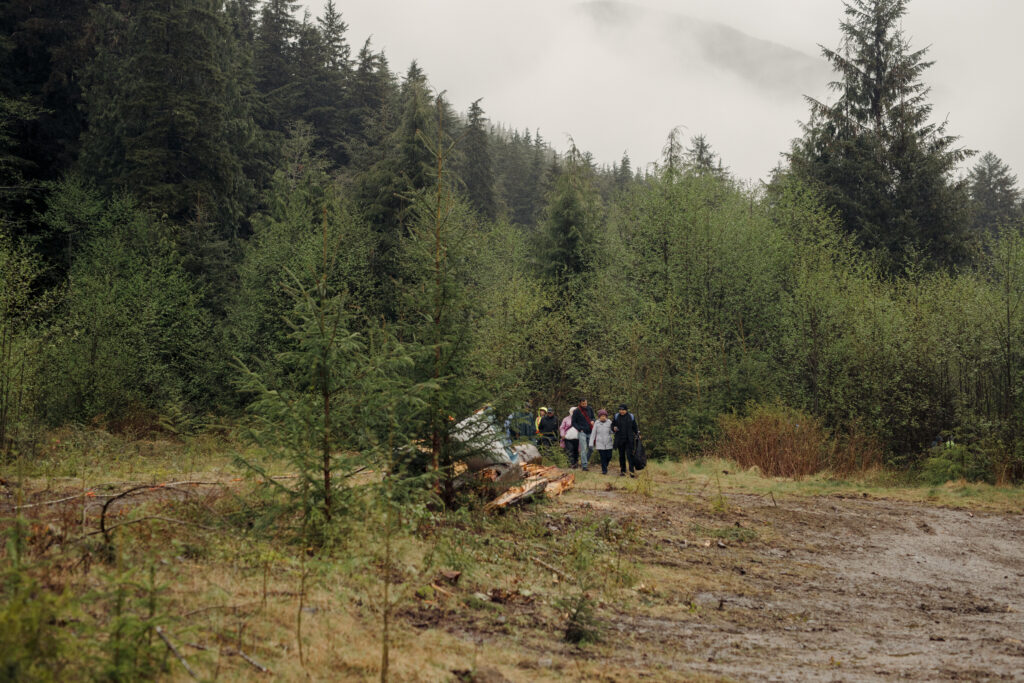
Meanwhile the Northwest Territories passed legislation that enabled co-governance of protected areas with Indigenous governments in 2019.
Ellis said it’s “not a bad tool as far as Crown legislation goes,” but that it has limitations — primarily how much money the territorial government has to spend on it. Thaidene Nëné receives resources from Parks Canada as a National Park reserve.
He said there can be more bureaucratic issues bouncing around different provincial and territorial departments, while Parks Canada is more stream-lined. But he noted the legislation has a lot of “deference” for Indigenous agency.
“I think it’s fairly progressive … It goes pretty far, but not far enough,” he said.
As a next step, co-designed legislation is a solution Courtois encouraged.
“There are other regions of the world and the country that could really benefit from that,” Courtois said.
Capacity building is top of mind for Indigenous nations pursuing protected areas, Eli Enns, Tla-o-qui-aht political scientist and president of the IISAAK OLAM Foundation, said.
Enns co-chaired the Indigenous Circle of Experts, which first defined the concept of IPCAs in a 2018 report, after being tasked by the federal government to explore how Indigenous conservation could help Canada meet its international biodiversity commitments while improving Canada’s relationship with Indigenous Peoples, Enns said.
The circle named four things, or “moose in the room,” that would need to be addressed: jurisdictional solutions, financial solutions, cultural keystone species and capacity development.
To help address the capacity-building need, Enns co-led the establishment of the Pacific IPCA Innovation Centre, which centres education and innovation, offering workshops and curriculum to focus on capacity-building for IPCAs. The centre will grow into a network of campuses from Alaska to Costa Rica, Enns said. The first satellite campus, called Clayoquot Campus, was established in 2021 in Tla-o-qui-aht territory. It was established as a “legacy outcome” of the Conservation through Reconciliation Partnership, which is co-led by the IISAAK OLAM Foundation, the Indigenous Leadership Initiative and the University of Guelph.
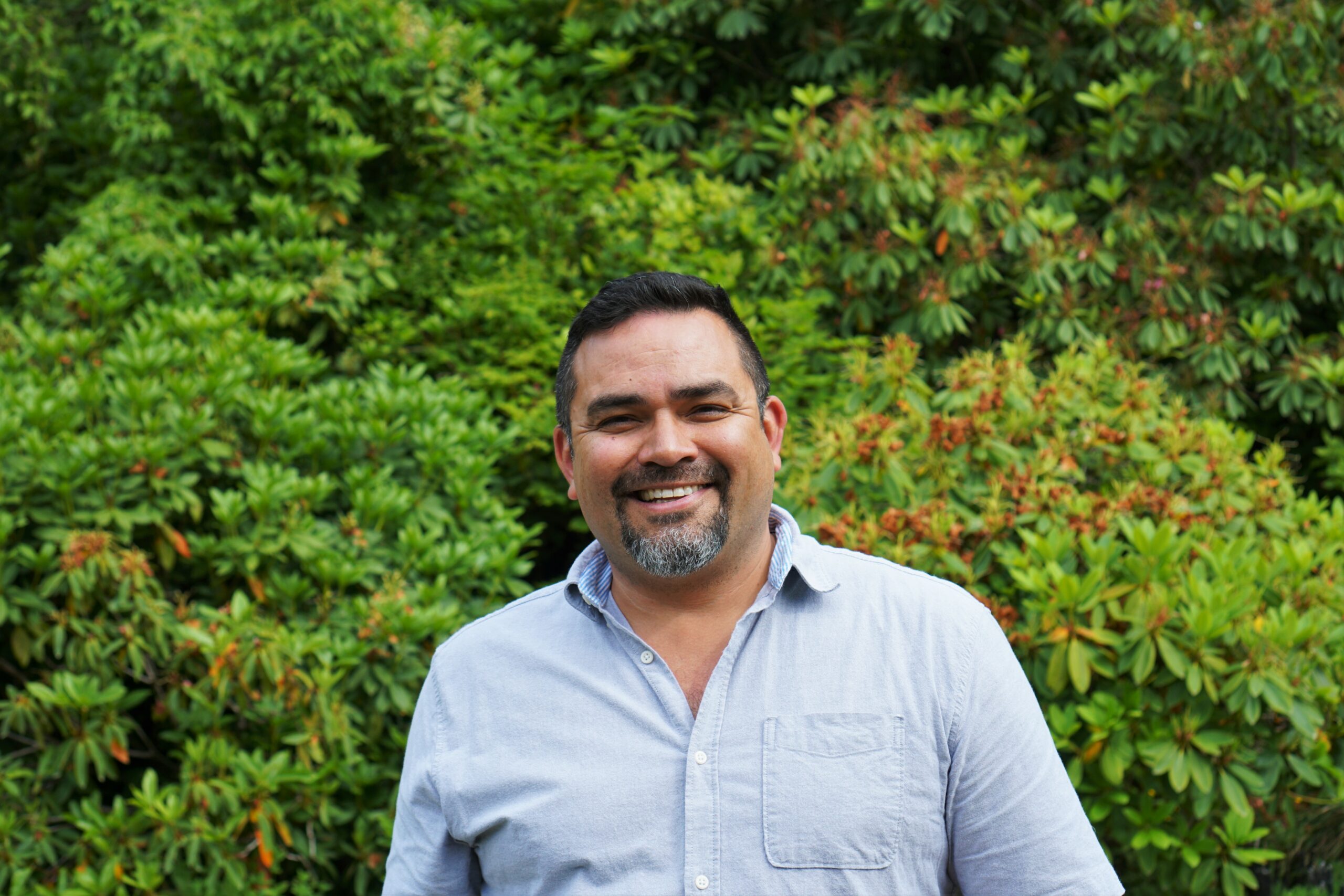
“We on the IPCA innovation side are not leading the creation of IPCAs. That’s for the Indigenous governments,” Enns said. “The innovation side is about gathering and galvanizing all of the supportive elements that may be needed to support Indigenous leadership in the creation of IPCAs, sort of like pre-rehearsal, getting people together and building their core competencies.”
The partnership also created an IPCA knowledge basket, an online resource to share and gather resources for establishing IPCAs, and has the goal to establish a National IPCA Alliance to provide organizational supports to governments.
The Indigenous Leadership Initiative announced another venue to help build capacity in December, supported by the federal government: a First Nations National Guardians Network, which will connect guardians across the country and create a more streamlined process to access funds. According to Courtois, it is the first program of its kind in the world.
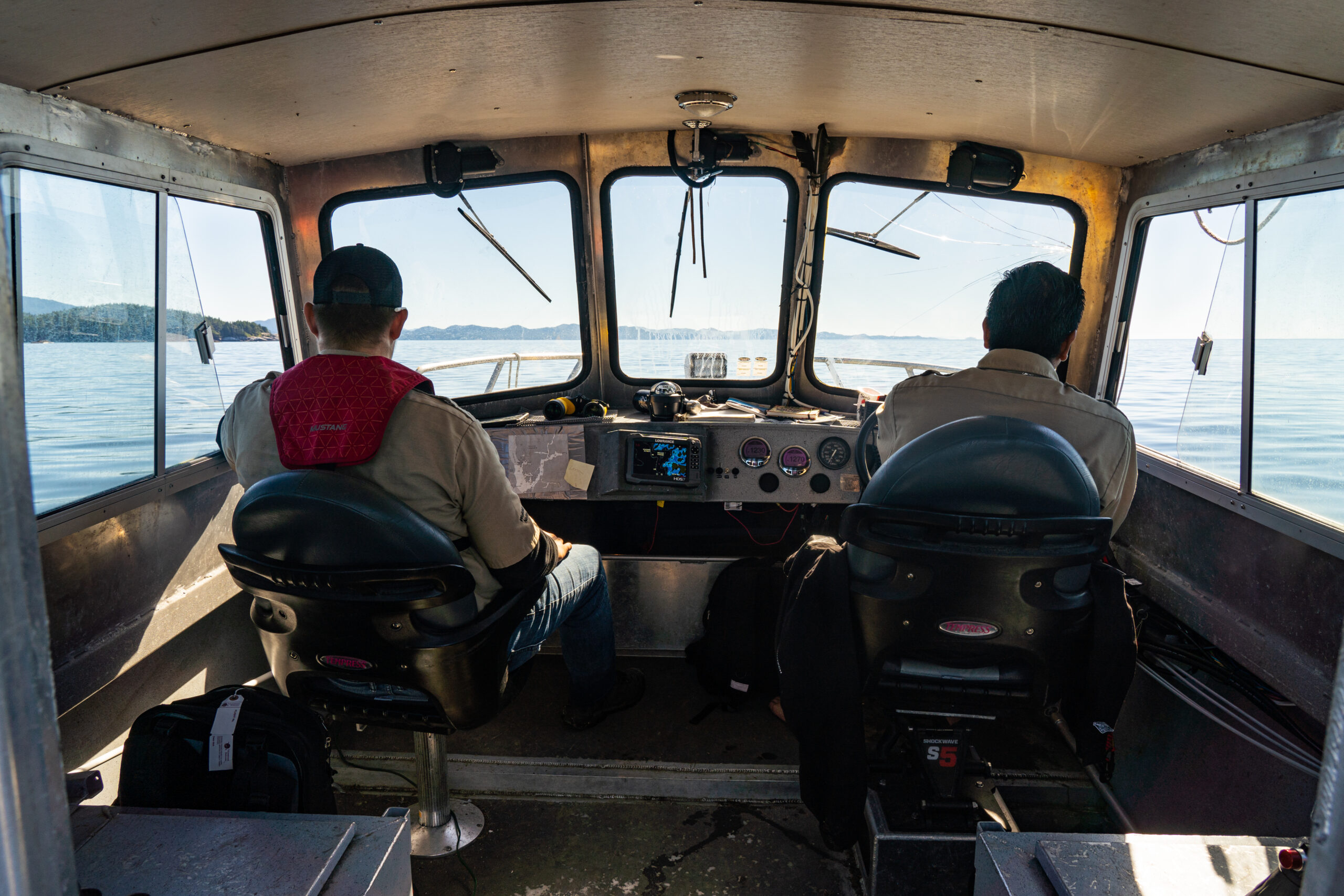
Building up peer-to-peer sharing is helpful for Indigenous Peoples negotiating IPCAs with government, Ellis said. He said a formalized network would be “powerful.”
“[Crown] government, they have their institutional memory. But as Indigenous governments, which are disparate and spread out, there’s not that collective knowledge,” he said. “Every successive agreement, and every success or failure, should result in the next First Nation building on that and not failing the same way.”
New legislative tools co-developed with Indigenous nations, which “recognize underlying Indigenous jurisdiction and laws,” would be a big step, Lloyd-Smith said. She hopes the nature agreement between B.C. and Canada, which hasn’t been made public yet, could kickstart better tools for the recognition of IPCAs and Indigenous jurisdiction.
She’d like to see existing protected area legislation amended to recognize Indigenous jurisdiction as well.
Another central solution she’d like to see is provinces taking steps to limit the compensation that tenure holders receive when they are bought out.
“Crown governments are picking and choosing which IPCAs to support,” she said. “When an IPCA is in an area with a lot of industrial activity that Crown governments are benefitting from, it may be harder for nations to establish IPCAs in those areas.”
It often costs a lot of money to remove those existing tenures to create a protected area.
For example, The Narwhal obtained B.C. government documents about the Kaska Dena’s proposed protected area in northern B.C. that revealed that buying out mineral tenures for the Kaska IPCA could cost between $24 million and $40 million.
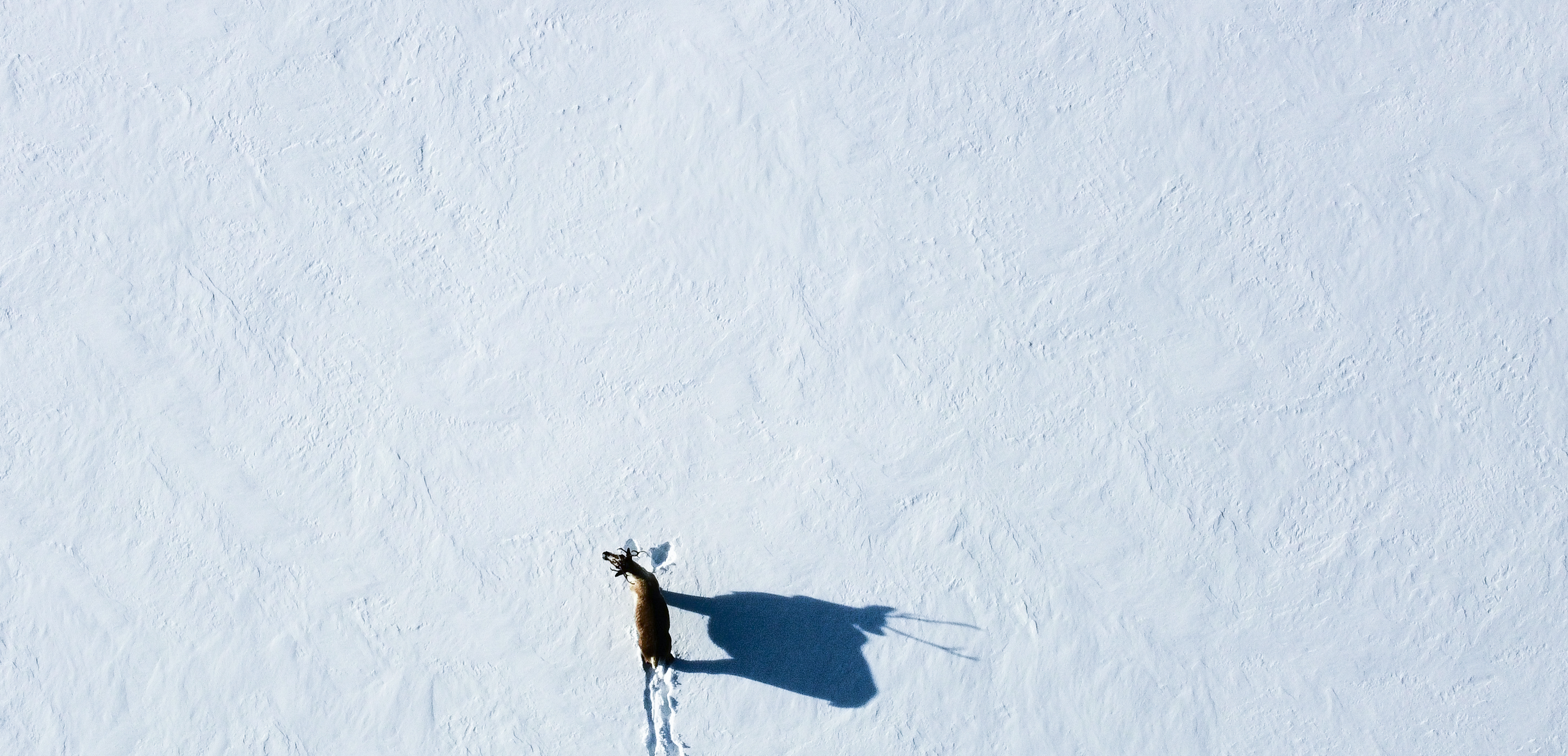
Provinces can limit compensation amounts for tenures to make it easier for protected areas to be created, Lloyd-Smith said.
Ellis said a key element of establishing Thaidene Nëné was the federal government placing interim protections on the land while the agreement was negotiated, which blocked any new resource interests in the proposed area.
Otherwise, resource interests can buy up licences, even simply for the desire to get paid out, he said.
The Kaska Dena IPCA is an example of how many of these barriers can play out. The Kaska Dena face existing mineral tenures, and are figuring out how to build capacity, raise funds and engage the public. They received some federal funding, but have not received official recognition from the provincial and federal governments of their IPCA called Dene Kʼéh Kusān, which means “always be there.” They have struggled to get B.C. to the table for years, Gillian Staveley, a member of the Kaska Dena, told The Narwhal.
At the heart of Dene Kʼéh Kusān is caribou. Both of Staveley’s parents both worked with them.
“That is how they met — the caribou were their love story, and it became mine listening to them passionately talk about them around the dinner table,” she said.
She joined her dad on caribou recovery projects. She’d say she was too sick to go to school, just to ask to go on fieldwork trips with her dad — and once and a while, he’d let her skip to join him. But even then, the warming climate was causing ice to melt. She only became more aware of the threats.
“I’ve seen, within my lifetime, the impacts on northern mountain caribou with my own eyes,” she said. Many caribou herds across B.C. have been dwindling with some on the edge of local extinction.
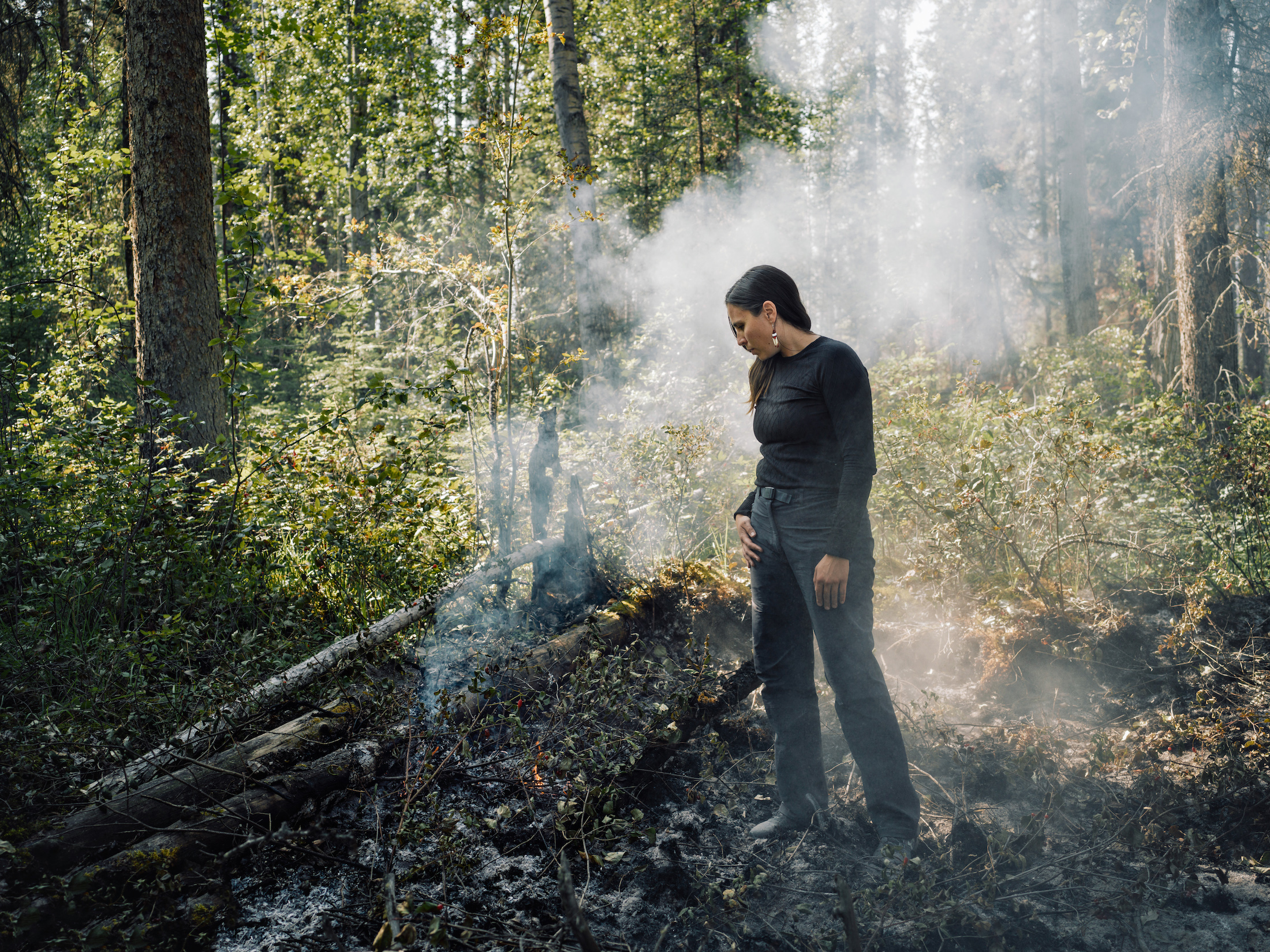
“If my dad was still alive today, he’d be the first one to tell me how truly important it is for us to sustain lands for our brother species, but also to help strengthen our communities. The caribou strengthen the Kaska,” Staveley, who is a director at the Dena Kayeh Institute, said.
The Kaska Dena are holding out for an official agreement with the two levels of government to establish their IPCA. Until recently, they had trouble even getting discussions with B.C. off the ground. But Staveley said conversations with the province have improved, and she thinks they are at “a turning point.”
“I think so many of us are focused on building bridges, not barriers,” she said. “So how do we come together to figure out what needs to be done?”
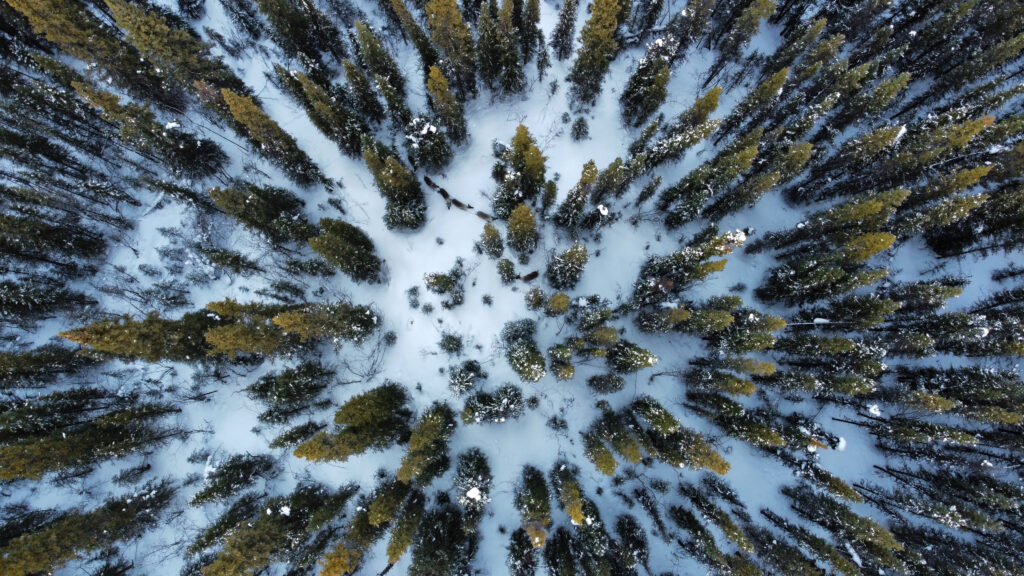
Lavallée-Heckert with Indigenous Climate Action also talked about the land, waters and animals as relatives, and said there needs to be a centring of Indigenous worldviews in global decision-making to halt biodiversity loss and the climate crisis.
“Land back and Indigenous sovereignty is the solution to climate change, because we know how to work within these lands,” she said.
This requires a huge societal shift in how people and states consider value. Indigenous worldviews vary widely, but they overlap in centring relationships, Courtois said.
“Generally speaking, we all have a value of ensuring that the future generations have just as much opportunity as we do, if not more,” she said, bringing a sense of “responsibility” rather than entitlement to the earth.
“What good is a right if we exhaust it?” she asked.
“I have a right to hunt caribou. But I’ll be damned if I’m the one to hunt that last caribou.”
Get the inside scoop on The Narwhal’s environment and climate reporting by signing up for our free newsletter. Angello Johnson’s shoulders burn, and his arms...
Continue reading
First Nations are leading efforts to make sure lake sturgeon can find a home in...

We’re excited to share that an investigation by The Narwhal is a finalist for the...

A new documentary, Nechako: It Will Be a Big River Again, dives into how two...
